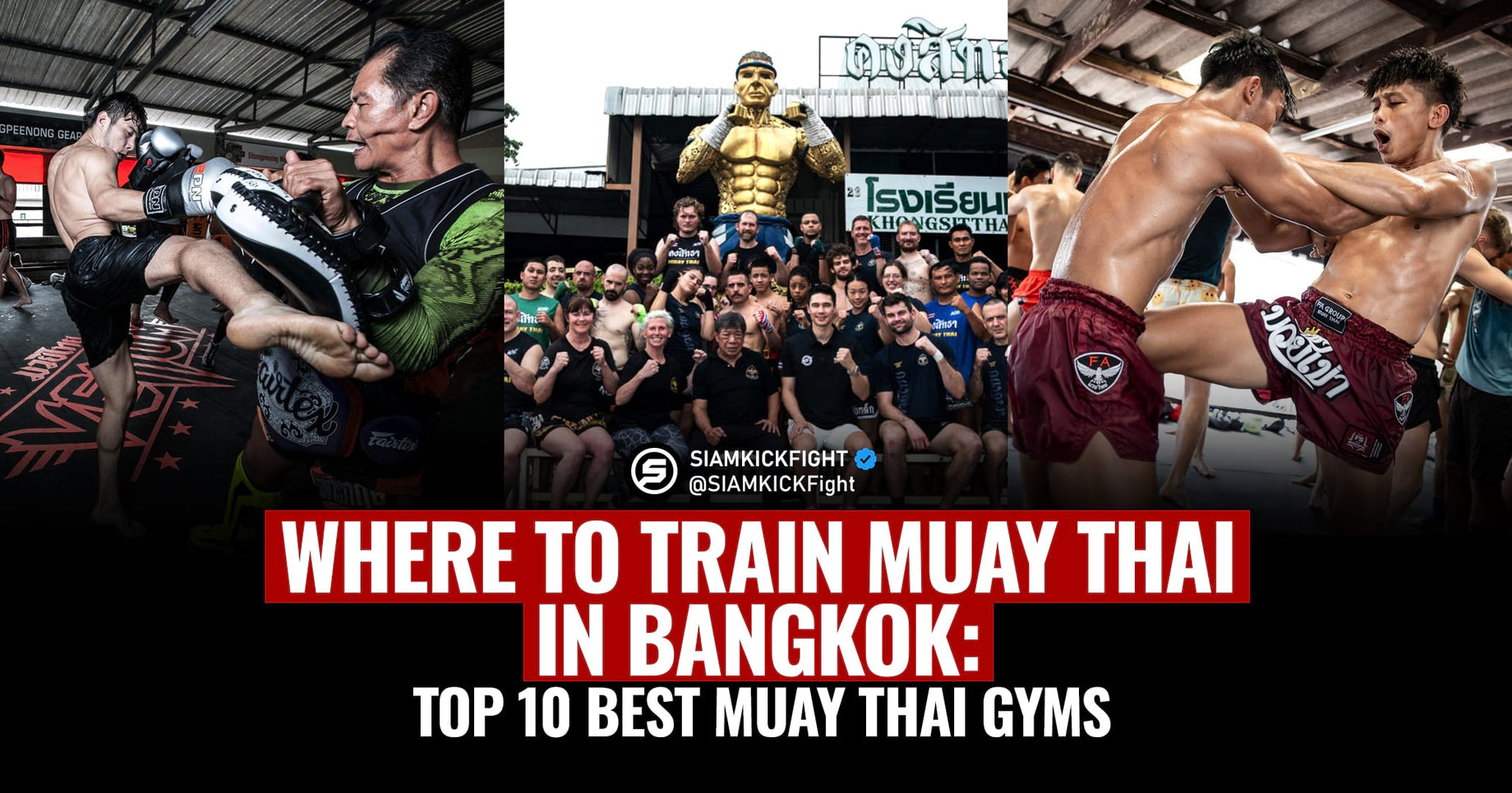Table of Contents

Muay Thai, or Thai Boxing, is a way of life for many fighters. While the action in the ring can be thrilling, the financial side of the sport often tells a different story. So, how much money do Muay Thai fighters really make, and what are their different sources of income? Let’s break it down.

-
Prize Money from Fights
Prize money is the most direct source of income for Muay Thai fighters. However, the amount a fighter earns from a fight varies greatly depending on several factors:
Experience and Reputation:
- Top-tier fighters or internationally known names - These fighters (e.g., Saenchai, Buakaw, Rodtang) can receive higher payouts, often earning anywhere from 100,000 THB ($3,000) to upwards of 10,000,000 THB ($300,000) per fight.
- Beginners or fighters early in their careers - These fighters typically earn much less, with pay ranging between 5,000 and 20,000 THB ($150 to $600) per fight.
Local vs. International Fights:
- Local Fights - Fighters competing in local Thai stadiums like Rajadamnern or Lumpinee can make anywhere from 5,000 to 60,000 THB ($150 to $1,800) per fight, depending on the promotion. Promotions like ONE Championship and RWS, which are global and attract large audiences, often pay fighters more. Fighters in rural areas may earn even less.
- International Fights - Fighters competing internationally, especially in countries like the US, UK, China, or Japan, can earn significantly more. For example, top fighters may earn between $5,000 to $100,000 per fight or more in well-known promotions.

-
Sponsorships and Endorsements
Sponsorship deals can be a significant revenue stream for Muay Thai fighters. For top-tier fighters, sponsorship deals can range from $1,000 to $50,000+ per year, depending on their reach and influence. Fighters who have built a solid reputation or a social media following can attract sponsorships from:
- Fightwear Brands - Companies selling boxing gloves, Muay Thai shorts, and other gear often sponsor fighters in exchange for wearing their products during fights or promotional events.
- Supplement Companies - Nutrition and supplement brands might sponsor fighters, providing both financial support and free products.
- Local Businesses - Some fighters, especially in Thailand, may get sponsorships from local businesses or gyms to help cover training and living expenses in exchange for promoting the businesses and/or a percentage of their prize money.

-
Seminars and Coaching
Many fighters supplement their income by teaching at Muay Thai gyms. Fighters can earn a steady income by:
- Running Seminars - Fighters with a strong reputation or international recognition can travel and host seminars at gyms worldwide, earning anywhere from $500 to $10,000 per seminar, depending on the location and their status.
- Personal Training - Offering private lessons is another way to earn money, with rates typically ranging from $30 to $200 per session, depending on the fighter’s experience and expertise.
- Full-Time Coaching - Some fighters transition into full-time coaching at Muay Thai gyms after their fighting careers, providing them with a more stable income. Some even open up their own gyms, for a chance at earning even more.

-
Fight Bonuses
In addition to base pay, fighters often receive performance-based bonuses:
- Knockout Bonuses - Fighters who score a knockout can sometimes earn extra cash, either from the promotion or sponsors. These bonuses range from $100 to $500 for local competitions.
- Fight of the Night - Some promotions or stadiums award bonuses for the most exciting fight of the night. These can range from $200 to $1,000, depending on the event.
- World-class promotions - Global promotions however, offer significantly higher rewards for exceptional performances. Here’s how much the two biggest promotions in Thailand pay in bonuses -
- ONE Championship - $10,000 to $50,000
- RWS (Rajadamnern World Series) - 100,000 THB to 500,000 THB ($3,000 to $15,000)

-
Social Media and Content Creation
For fighters who actively grow their online presence, social media can be another income stream. With potential earnings of $500 to $5,000+ per month, depending on their follower count and engagement, fighters can make money through:
- Sponsored Posts - Brands may pay fighters to promote their products on social platforms like Instagram, YouTube, or TikTok.
- YouTube Revenue - Some fighters have YouTube channels where they post training tips, techniques, fight breakdowns, or vlogs. YouTube ad revenue can be a decent income stream, with top creators earning tens of thousands per month.
- Affiliate Marketing - Fighters can also earn commissions by promoting products through affiliate links on their social media channels.

-
Merchandise Sales
Fighters can also earn money by selling their own merchandise. They typically sell this merchandise when they have an upcoming fight, both to promote the event and to give their supporters something to wear while cheering them on. Muay Thai fighters can earn a lot from merchandise sales, especially if they have a dedicated fan base. This merchandise can include:
- Branded Apparel - Fighters often sell T-shirts, hoodies, or gear with their name or logo on it.
- Personalized Fightwear - Fighters may collaborate with fightwear brands to sell custom-designed gloves, shorts, or other gear to their fans.
Is It Enough to Live On?
While Muay Thai fighters can earn money through many different channels as mentioned above, the reality for most, especially in rural Thailand, is that life is lived frugally. In addition to the basic cost of living, some fighters must also cover training, gear, and medical expenses. They also have to pay a percentage of their prize money to their camps. These expenses, along with the uncertainty of fight schedules, make it highly difficult for many fighters to make ends meet without relying on additional income streams. This is why many Muay Thai fighters take on side jobs that aren’t at all related to combat sports.
However, for those who manage to rise to the top, the story is totally different. Fighters who reach the international stage or manage to build a strong personal brand can transform Muay Thai into a sustainable and high-earning career. The key to long-term success in the sport, especially in this day and age, often lies in building a social fan base and diversifying income streams.





























